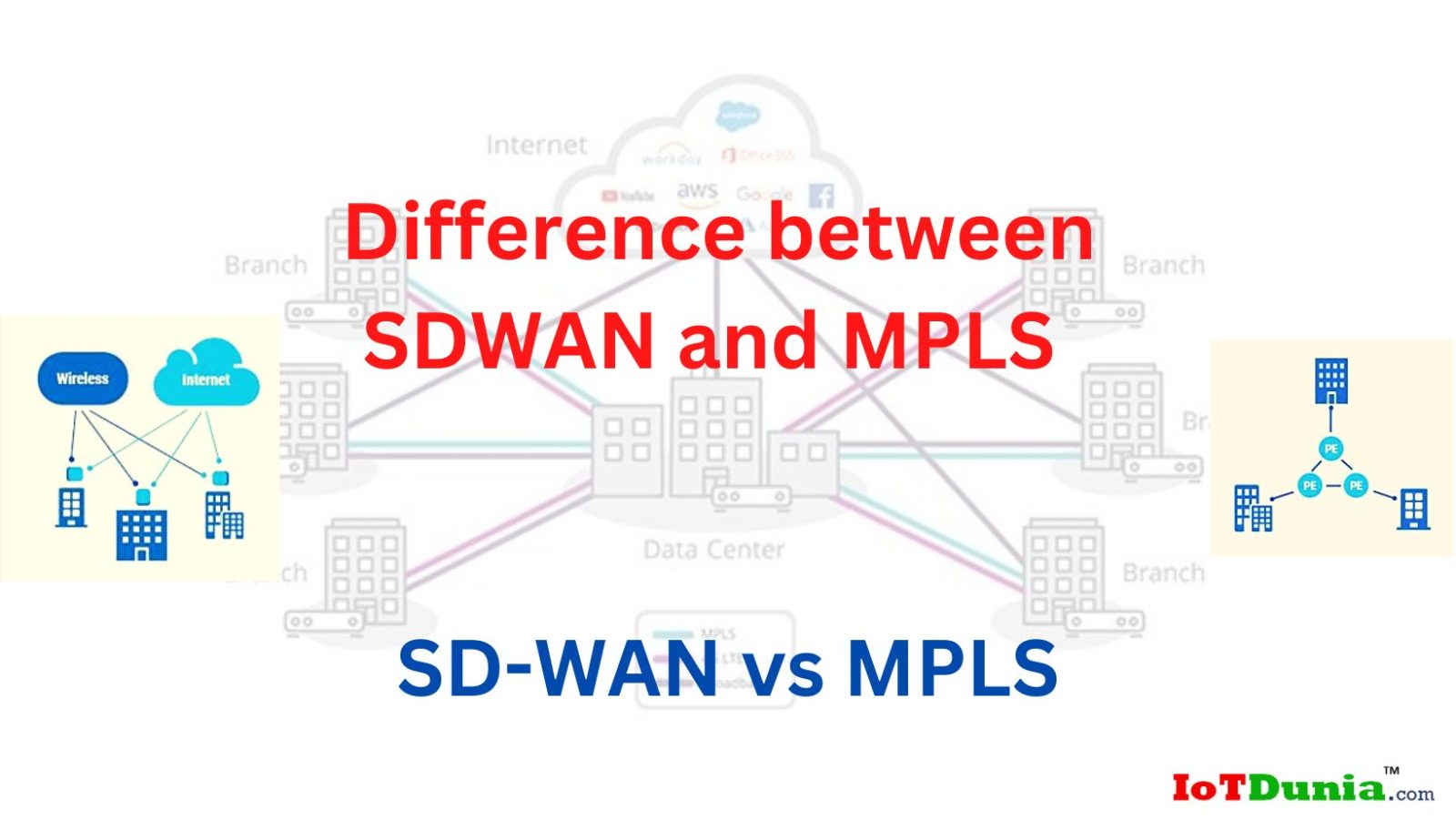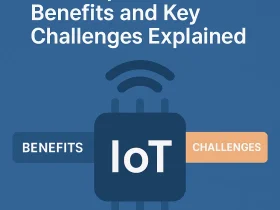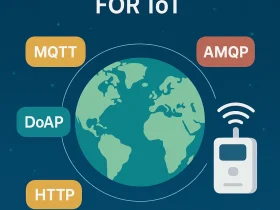Difference between SDWAN and MPLS (SDWAN vs MPLS)
If you have been keeping up with our articles in the past few weeks, you must have been very familiar with networking devices and their functions by now.
You must have also come across networking concepts such as SD-WAN and MPLS. If not, you might want to check out our earlier articles related to the two topics.
But the main problem that lies in being familiar with these two concepts is that they are inevitably confusing.
Believe it or not, you are not the first person who cannot distinguish between the two upcoming technologies ie – Software Defined Wide Area Network and Multiprotocol Label Switching.
But worry not, because we have prepared for you a very specific chart that distinguishes the two technologies in the easiest fashion and will help you understand the difference between the two. So, let’s get on with it!
However, before starting with the differences between the two, let’s first do the time-honored tradition of revising the basic definitions of SD-WAN and MPLS.

Image credit: nilepost
SD-WAN
SD-WAN is a virtual wide area network architecture that allows companies and organizations to leverage any combination of networking services—including MPLS, LTE, and broadband internet services—to securely connect users to applications. It uses software to control the connectivity and manage the exchange of data between the centers and the remote branches.
MPLS
MPLS is a networking technology that routes traffic through the shortest path using labels instead of IP or MAC addresses, to handle data exchange over private WANs.
Of course, these definitions are not the best explanations for these technologies, so let’s get on with the differences.
DIFFERENCE BETWEEN MPLS and SDWAN

image credit: fieldengineer
SDWAN vs MPLS
| MPLS | SD-WAN |
| MPLS is a dedicated circuit | SD-WAN is a virtual overlay and decoupled from physical links |
| MPLS connections are rigid, fixed connections | SD-WAN gives more flexibility and more granular traffic control |
| The provisioning time of MPLS is high which means it is more efficient. | Lower provisioning time than MPLS |
| It uses manual configuration | No need for manual configuration
|
| It has decentralized control over networking equipment. | Fully centralized control of networking devices as it is “software-defined” WAN |
| It gives an average level of security to your data | The main benefit id using SD-WAN is the extreme level of security provided by this technology |
| It gives low visibility of application performance | Gives deep application visibility with the help of dedicated software |
| Spreads only to MPLS cloud | Wider range than MPLS |
So, these are the major differences between the new upcoming technologies MPLS and SDWAN. It is true, that SD-WAN in recent years has greatly displaced MPLS, which once had become dominant. However, it still lacks some benefits and faces some challenges.
Thus, both of these data exchange methods and models have their own set of pros and cons and hence provide users a tough choice. But it would not be wrong to say that both of them have made data transferring highly safe and tremendously easy.
See also: Difference between IoT and M2M communication (IoT vs M2M)
Let us know what you think about SDWAN vs MPLS in the comment section below!
If you like this post subscribe our YouTube Channel for IoT video Tutorials. You can also find us on Twitter, Facebook, and Instagram for more updates.
References
ipwithease and catchpoint










Leave a Review